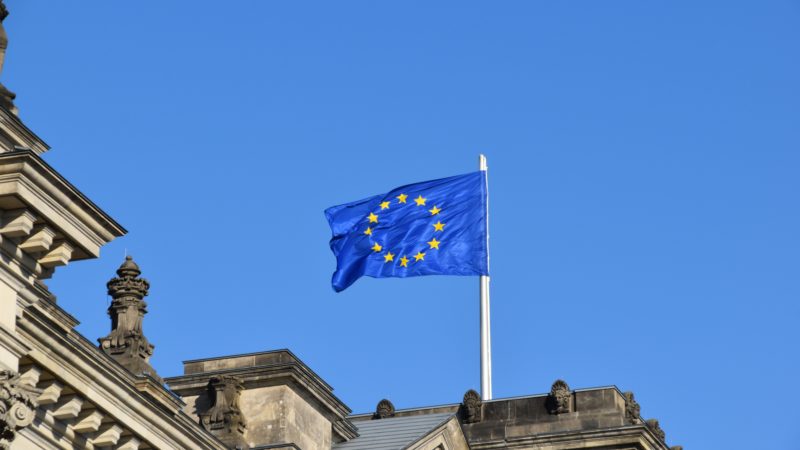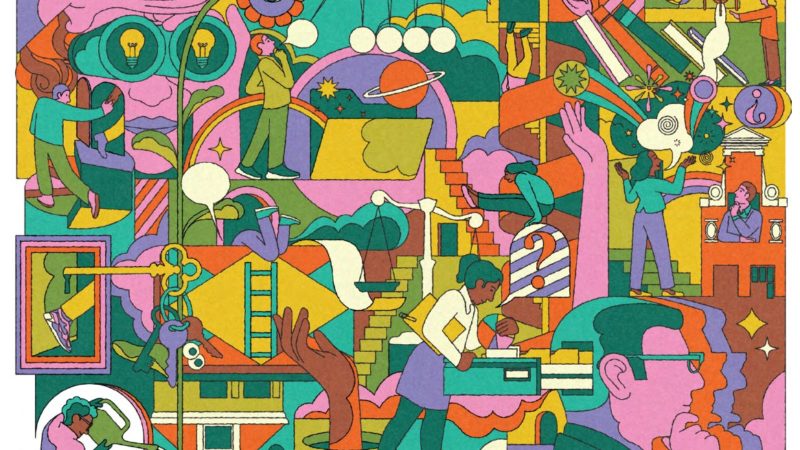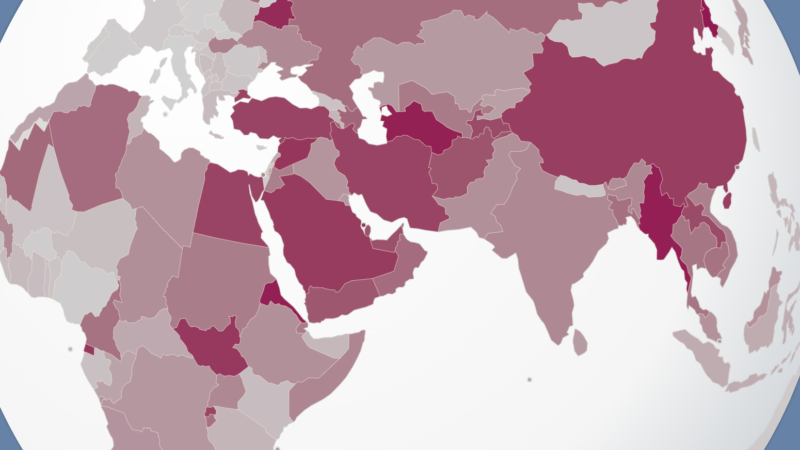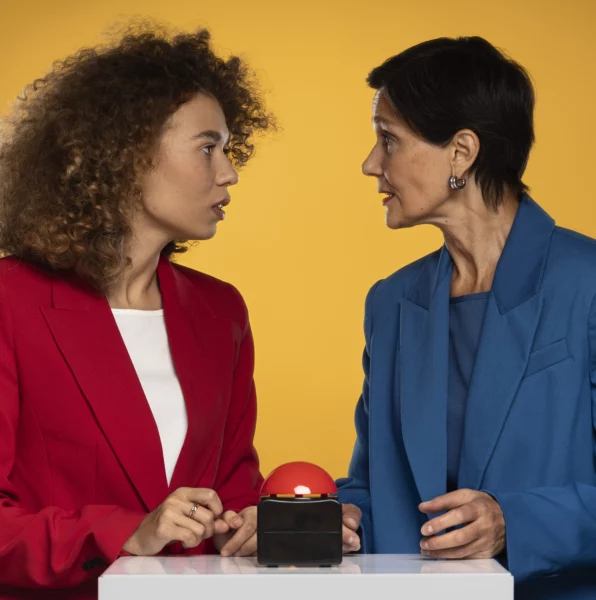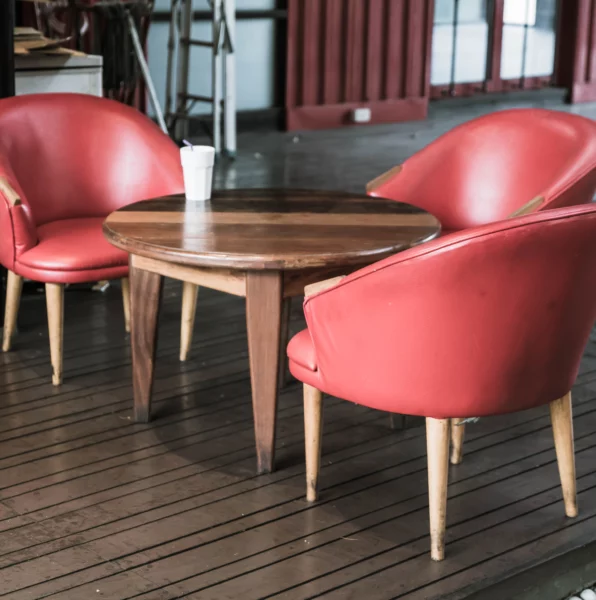There is a new kid on the block in the European science communication community. The COALESCE project consortium obtained funding from the European Commission to establish cooperative relationships all throughout Europe. Jason Pridmore, the project coordinator, shares his vision for the next steps.
A shared European effort for excellent science communication
Mr. Pridmore, “coalesce” means “coming together”. What motivated the establishment of the COALESCE project and the European Competence Centre for Science Communication?
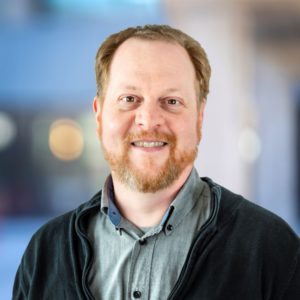
The motivation behind this initiative stemmed from the previous HORIZON 2020 calls on science communication, specifically the project Science with and for Society. Eight projects were funded under this call, and the requirement was for us to collaborate and engage in dialogue. Unlike some other experiences, this collaboration was highly successful. We effectively built upon and learned from one another, fostering cooperation. The COALESCE project brought together teams that were enthusiastic about working together, seizing the opportunity to combine our individual accomplishments and create something valuable. When the commission requested the establishment of a Competence Centre, we believed that our collective tools were more powerful together than apart.
We aimed to avoid competing against each other and instead saw the value in leveraging what we had already achieved and learned as we proposed this project.
How is Germany represented in this endeavour?
While Germany is not directly represented in the COALESCE consortium in terms of direct partners, we will connect with existing organizations like Wissenschaft in Dialog* and Nationales Institut für Wissenschaftskommunikation* to complement their work. COALESCE seeks to bring pieces together, set a baseline, and provide guidelines for effective science communication without prescribing a single approach. So, Germany actively participates through national support and existing partnerships.
You plan two project products – the European Science Communication Competency Centre and a Science Communication Academy. Could you explain the difference?
The academy is a training opportunity that combines various training moments and possibilities. We aim to define it more clearly to avoid competing with existing training initiatives offered by organizations like yours. Instead, we want to serve as a clearinghouse recommending best practices and directing individuals to specific training programs. The academy will be closely connected to the Competence Centre, which may have physical spaces in addition to virtual components. While we are still working on the details, we anticipate offering self-guided and in person expert training in both physical and virtual spaces.
Another important outcome of the project will be a comprehensive library of resources. Rather than producing another handbook, we aim to consolidate existing resources and take it a step further. We are also considering the introduction of a “seal of excellence” to highlight exemplary science communication approaches. The criteria for obtaining this seal and the logistics are currently under development.
As part of your previous European project TRESCA, you developed a video on oversimplification in science communication with the popular German YouTube channel Kurzgesagt. What did you take away from the development and video production process?
Tomorrow, I will be speaking to early career journalists at the European Parliament about the transition from TRESCA to the COALESCE project. The title of my talk will be “Moving from Dinosaurs to Coming Together”. The reference to dinosaurs comes from the initial comment made by our Kurzgesagt partners, reminding me that the video was not about dinosaurs. This comment was an attempt to manage our expectations, as a self-reflective video without an exciting topic like dinosaurs was not anticipated to perform well.
However, the video received much higher viewership than expected and we were all very happy with this. Working with Kurzgesagt was a positive experience, despite some ongoing negotiation and iterations throughout the project. The initial proposal and subsequent deliverables underwent significant changes as we explored different topics and settled on the creation of an engaging and transparent science communication video. The collaboration involved finding a balance between the semi-restrictive format required by European projects and the creative freedom we sought.
I believe that as part of COALESCE, TRESCA, and other projects I’m involved in, our goal is to inspire people to see scientists and researchers as real individuals who are doing their best. It’s important for them to understand that simplification is necessary and that information can evolve over time. The more scientists and researchers emphasize the provisional nature of knowledge and say, “This is what I know, but it may change,” the better we can grasp the essence of science. Science is a dynamic process of growth and development, and that’s what we aim to convey as science communicators.

What is the vision for the centre after the end of its four-year funding period?
We want COALESCE to become self-sustaining. This creates some tensions, because we want to be as open and transparent as possible, but after four years the EU funding ends. We will require some business logistics planning. That puts us in slight competition with government funded organisations that also are doing similar things and offers these for free. This is a dilemma that we are now thinking through.
COALESCE aims to facilitate discussions among science communicators worldwide to identify best practices and enhance diversity in the field. We recognize the different types of science communication, from public speaking to one-on-one interactions and written content. Our goal is to leverage each individual’s strengths and create opportunities for collaboration.
An analogy I like to use is the idea of a Buzzfeed quiz type of thing. Not what kind of Disney Princess are you, but what kind of a science communicator are you? And then provide key resources for this.
While we acknowledge the challenges and lessons from previous initiatives, we embrace a bit our naivety and ambition to achieve greater impact. We aspire to build a resource hub that science communicators can refer to for research, information, and effective strategies.
How will the Centre ensure that its activities and initiatives are aligned with the priorities and policies of the European Union?
The Centre ensures alignment with the European Union’s priorities and policies through its focus on trust in science, citizen participation, and addressing critical issues. We connect with various organizations within the EU and prioritize topics such as the sustainable development goals, the climate crisis, pollution, and artificial intelligence. By addressing global and EU-specific concerns, we aim to effectively communicate science and highlight important issues identified by national governments and the EU.
How can individuals and organisations interested in science communication get involved with the COALESCE project and contribute to shaping the activities of the Competence Centre and Academy?
Firstly, we have a presence on social media platforms like Twitter and LinkedIn. You can find us on Twitter at @SciCommEU and follow us for updates. We also engage in Communities of Practice across Europe, building on previous initiatives of our projects such as RETHINK, ParCos and others. These communities involve citizen science stakeholders and contribute to the co-production of scientific knowledge. Additionally, we collaborate with national science communication centres and organizations in different countries to create representative spaces for discussions. Our website is intended to serve as a clearinghouse for resources and events related to science communication. We aim to provide resources directly and also direct users to other valuable resources.
* The National Institute for Science Communication (NaWik), and Wissenschaft im Dialog (WiD) are the two of the three sponsors of the portal Wissenschaftskommunikation.de.

